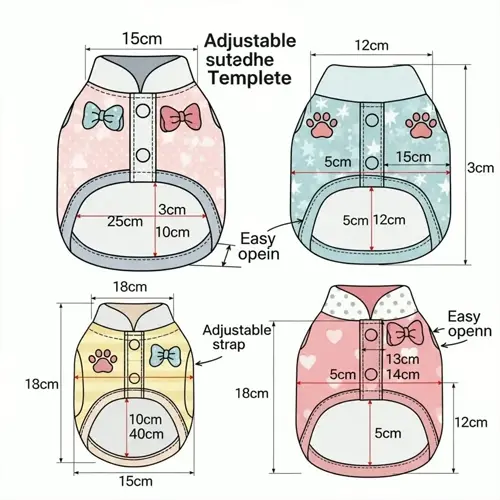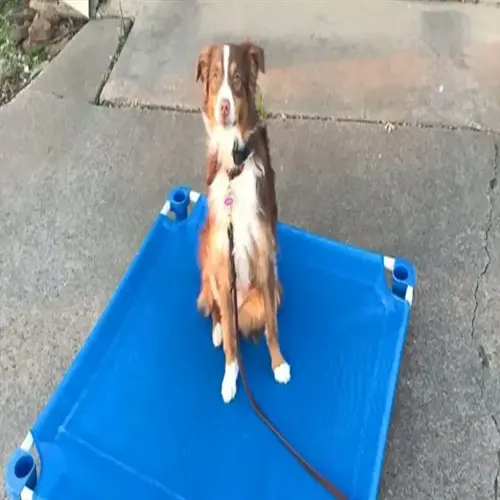How do I make fetch safe for my dog?

Written by
Kailani Okoro
Reviewed by
Prof. David Walsh, Ph.D.Ensuring fetch safety requires preparation ahead of each training session. Above all, your dog's well-being should never be sacrificed for the sake of your training goals. Always conduct a thorough check of the area where the training will be done for hazards such as sharp objects or toxic plants. Monitoring the environment's temperature will help prevent dangerous overheating during active retrieval.
Toy Selection
- Avoid sticks that splinter causing internal injuries
- Choose sizes larger than your dog's throat width
- Inspect for loose parts before each session
Temperature Management
- Stop play above 80°F (27°C) or below freezing
- Check pavement with your palm for 5 seconds
- Provide water breaks every 5 retrieves
Environmental Checks
- Scan for sharp objects or toxic plants
- Use enclosed spaces near roads
- Avoid areas with pesticide treatments
Surface safety is essential for joints in growing puppies. Grass or rubber mats provide cushioning for landings. Avoid concrete until your dog is at least 18 months of age or older. Water retrieval events provide excellent low-impact alternatives for seniors with arthritis issues.
Toy inspection keeps hidden dangers at bay, too. Before each session, I inspect each toy for loose threads and torn seams. Replace worn toys immediately. Hard rubber works best for chewers, while soft sheepskin is ideal for gentle mouths. Select a texture that suits your dog's play style.
Environmental awareness includes far more than just what you see. Look for recent chemical residues from pesticides or herbicides. Avoid areas near busy roads, even if they are fenced. Use long lines to control dogs in open expanses. Look for signs of wildlife that stimulate a dog's need to chase.
Being prepared for emergencies is imperative. Keep a canine first aid kit on hand. Know the veterinary contact information and learn some techniques of pet CPR. Watch for signs of distress, such as excessive panting or bright red gums, and stop what you are doing immediately if concerned.
Read the full article: 7 Step Dog Fetch Training Guide

